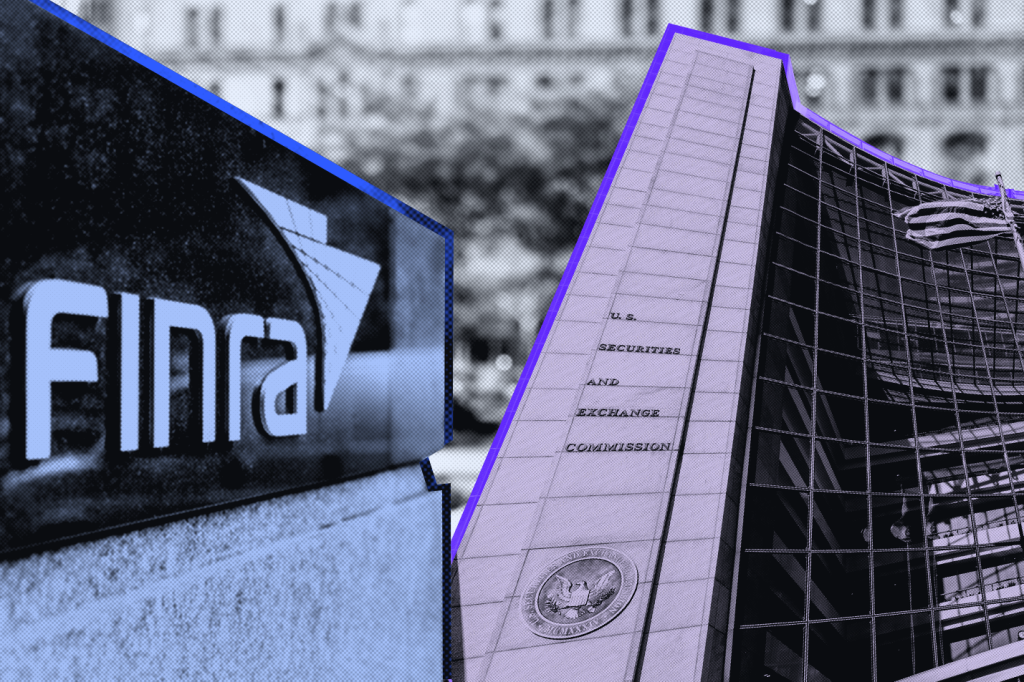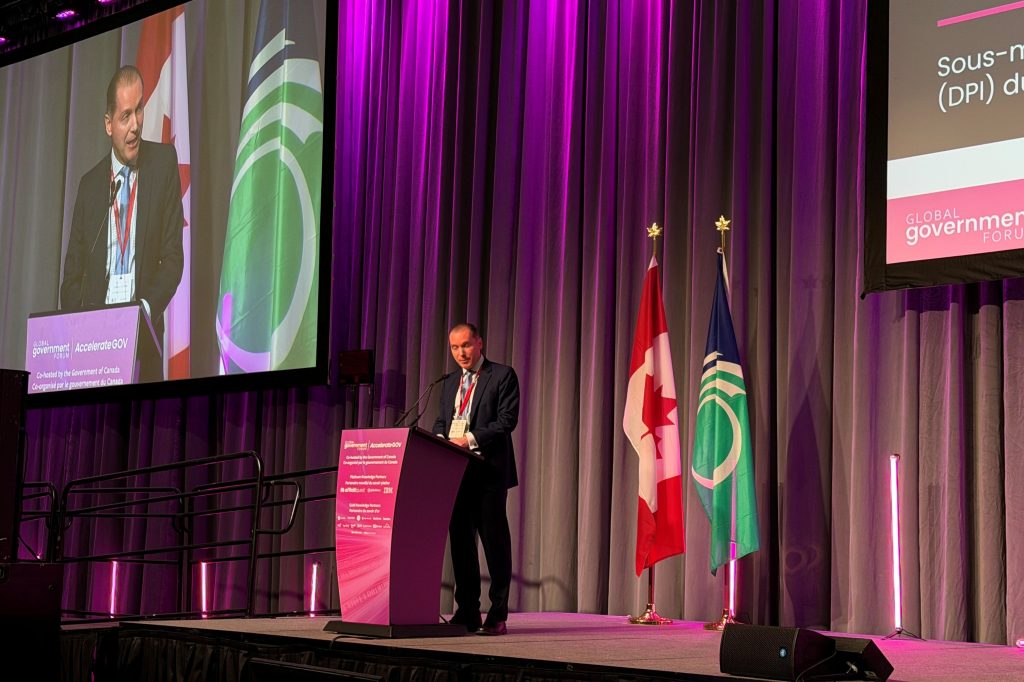This is a transcript of the podcast Ben Arram, Payments Practice Lead, Bovill between GRIP Senior Report Carmen Cracknell and Ben Arram, who provides specialist advice and support at Bovill.
[INTRO]
Carmen Cracknell: Welcome back to the GRIP Podcast. Today I’m joined by Ben Arram Practice Lead for Payments at
Register for free to keep reading
To continue reading this article and unlock full access to GRIP, register now. You’ll enjoy free access to all content until our subscription service launches in early 2026.
- Unlimited access to industry insights
- Stay on top of key rules and regulatory changes with our Rules Navigator
- Ad-free experience with no distractions
- Regular podcasts from trusted external experts
- Fresh compliance and regulatory content every day

















